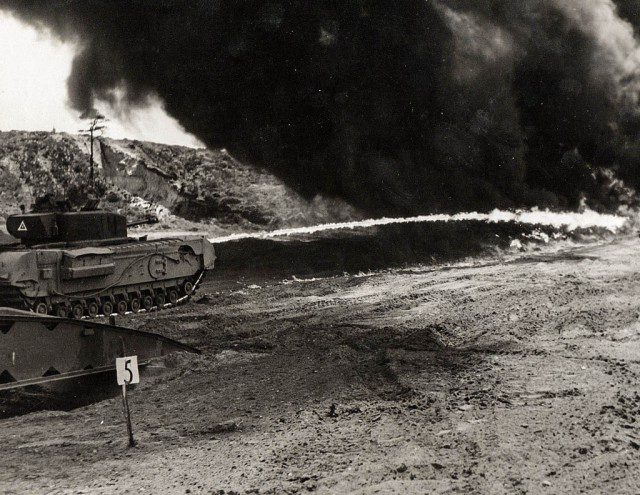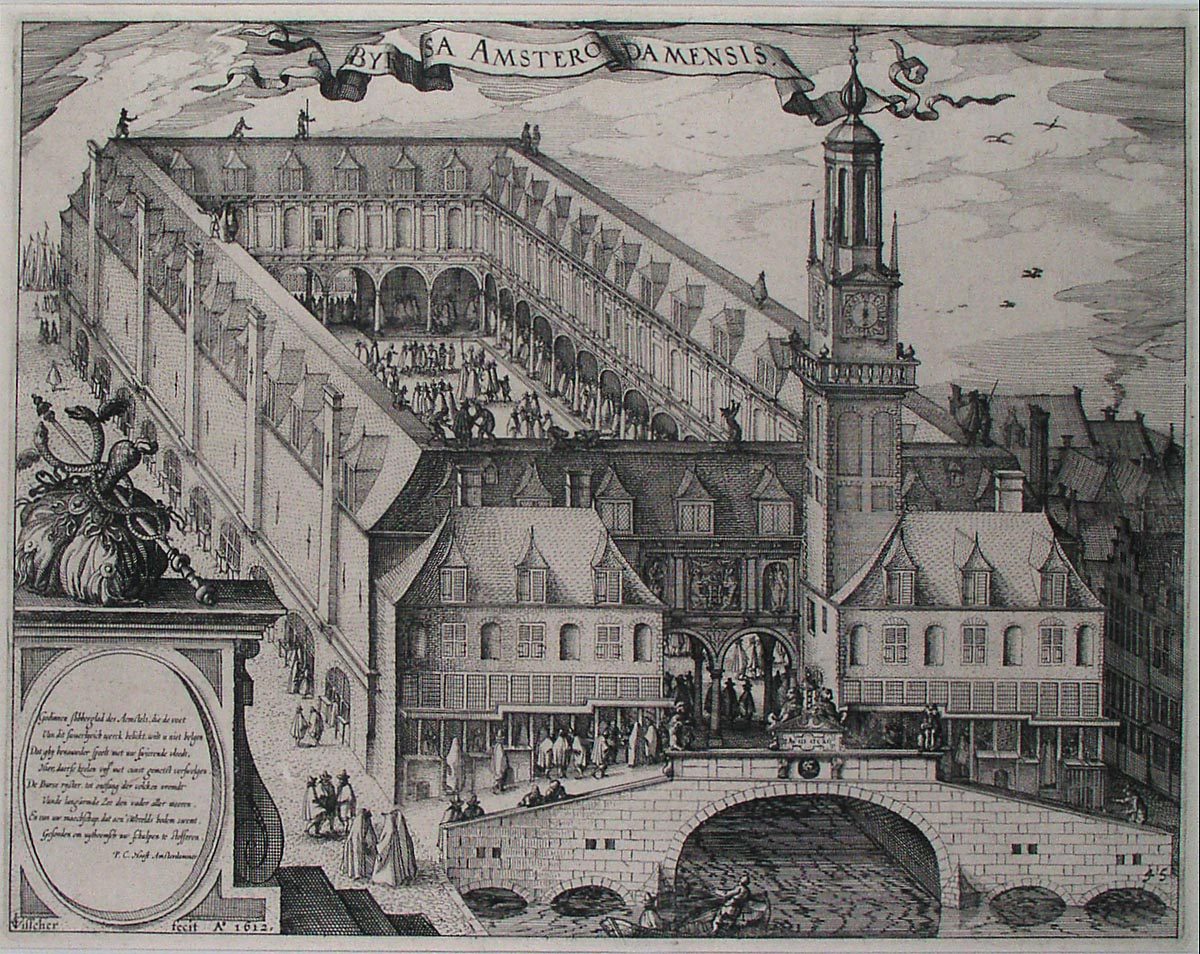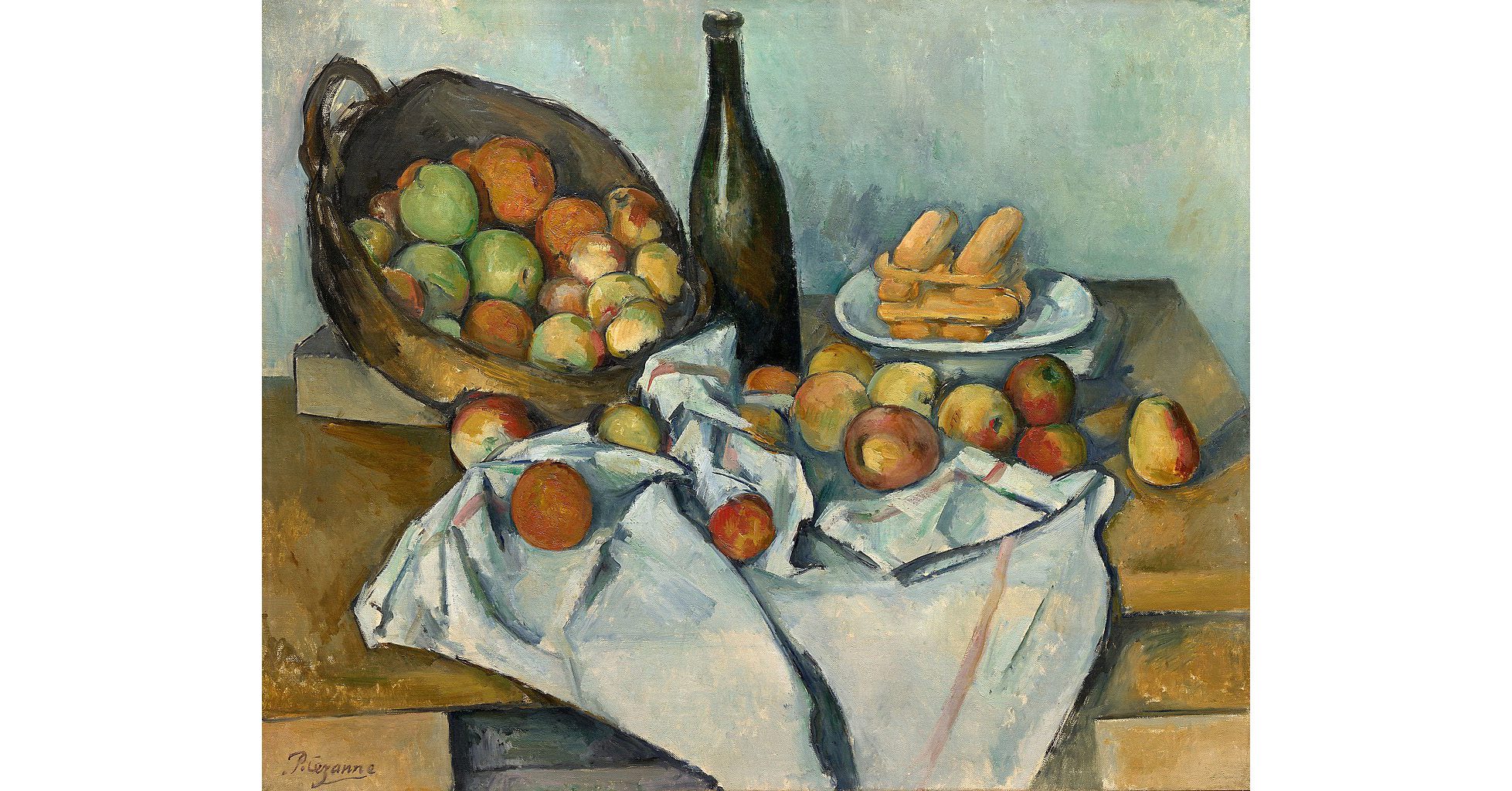The History Guild Weekly History Quiz.
See how your history knowledge stacks up.
Have an idea for a question? Suggest it here and we’ll include it in a future quiz!
Want to know a bit more about the questions in the quiz, or the story behind them? Read on!
1. Which battle did King Harold II fight in the days prior to the Battle of Hastings?
Battle of Stamford Bridge – It took place at the village of Stamford Bridge, Yorkshire, on 25 September 1066, when an English army under King Harold Godwinson fought an invading Norwegian force led by King Harald Hardrada and the English king’s brother Tostig Godwinson.
Prior to the battle a single man rode up alone to Harald Hardrada and Tostig. He gave no name, but spoke to Tostig, offering the return of his earldom if he would turn against Hardrada. Tostig asked what his brother Harold would be willing to give Hardrada for his trouble. The rider replied “Seven feet of English ground, as he is taller than other men.” Then he rode back to the Saxon host. Hardrada was impressed by the rider’s boldness, and asked Tostig who he was. Tostig replied that the rider was Harold Godwinson himself.
King Harold Godwinson won a decisive victory, the losses the Norwegians suffered were so severe that only 24 ships from the fleet of over 300 were needed to carry the survivors away. Three days after the battle, on 28 September, a second invasion army led by William, Duke of Normandy, landed in Pevensey Bay, Sussex, on the south coast of England. Harold had to immediately turn his troops around and force-march them southwards to intercept the Norman army.
2. In which year did Hawaii become the 50th US state?
1959 – On August 21, 1959, President Eisenhower signed the official proclamation admitting Hawaii as the 50th state, marking the end of over half a century of work towards Hawaiian statehood.
3. Who was the first woman to fly solo from England to Australia?
Amy Johnson – Johnson achieved worldwide recognition when, in 1930, she became the first woman to fly solo from England to Australia. Flying G-AAAH Jason, she left Croydon Airport, Surrey, on 5 May and landed at Darwin, Northern Territory on 24 May.
4. What tank is this?

Churchill Mark IV Crocodile – This was a flamethrower adaptation of the Churchill infantry tank. The Crocodile was an effective assault weapon whose threat could induce enemy troops to retreat or surrender. It was a specialised weapon, limited by the short range of its flamethrower. However it was used so successfully against bunkers that many surrendered after the first ranging shots.
5. What is notable about the construction of Great Zimbabwe?
Granite was used without mortar – Great Zimbabwe is an ancient city in the south-eastern hills of Zimbabwe near Lake Mutirikwe and the town of Masvingo. It is thought to have been the capital of a great kingdom, although which kingdom is not certain, during the country’s Late Iron Age. Construction on the city began in the 11th century and continued until it was abandoned in the 15th century. Read more about Great Zimbabwe in the following article The Bantu Expansion: How Bantu People Changed Sub-Saharan Africa.
6. Who did Franklin Roosevelt, describe as ‘a narrow-minded … zealot with too much ambition for his own good and some rather dubious views on democracy’
Charles de Gaulle – As the leader of the Free French during WW2 Charles de Gaulle had a fraught relationship with the remainder of the Allies. France’s status as both an enemy as Vichy France and an ally as Free France was always going to be difficult to reconcile. Charles de Gaulle’s personal qualities significantly exacerbated this tension. He was suspicious of the British and Americans and arrogant to the extreme.
In Churchill’s words “He felt it was essential to his position before the French people that he should maintain a proud and haughty demeanour towards “perfidious Albion”, although in exile, dependent upon our protection and dwelling in our midst. He had to be rude to the British to prove to French eyes that he was not a British puppet. He certainly carried out this policy with perseverance.”
De Gaulle described his adversarial relationship with Churchill in these words: “When I am right, I get angry. Churchill gets angry when he is wrong. We are angry at each other much of the time.”
7. How did the Magna Carta lead to the first Baron’s war?
After it failed to achieve peace, the barons rebelled against King John and attempted to replace him on the throne – The First Barons’ War (1215–1217) was a civil war in which a group of rebellious major landowners led by Robert Fitzwalter waged war against King John of England. The conflict resulted from King John’s disastrous wars against King Philip II of France and John’s subsequent refusal to accept and abide by the Magna Carta.
The rebellious barons, faced with an uncompromising king, turned to King Philip’s son, Prince Louis, who, in 1216, then sailed to England with an army despite his father’s disapproval, as well as the Pope’s, who subsequently excommunicated him. Louis captured Winchester and soon controlled over half of the English kingdom.
Louis’ ambitions of ruling England faced a major setback in October 1216 when King John’s death led to the rebellious barons deserting him in favour of John’s nine year-old son, Henry III of England. Louis’ army was finally beaten at the Battle of Lincoln on 20 May 1217.
8. What caused the most powerful nuclear explosion ever seen?
Tsar Bomba at Novaia Zemlia – Tsar Bomba was a hydrogen aerial bomb, and the most powerful nuclear weapon ever created and tested. The explosion’s nuclear mushroom rose to a height of 67 km, it could have caused third-degree burns 100 km (62 mi) away from ground zero. It yielded 58 megatons, significantly more than planned! It compares to Castle Bravo at 15 megatons and 0.2 megatons for Fat Man at Nagasaki.
9. How did the Japan and Germany supply technology and critical resources to each other during WW2?
Submarines, which travelled via the Indian and Atlantic Oceans – These specially constructed submarines made the long sea journey between Japan and Germany. They transported advanced technologies, military advisors and essential resources that each Germany or Japan couldn’t otherwise acquire. The Germans also established bases in Japanese occupied Java and Singapore, conducting patrols as far away as New Zealand.
10. What year was the Suez Canal completed?
1869 – In 1858, Ferdinand de Lesseps formed the Suez Canal Company, French private investors were the majority of the shareholders, with Egypt also having a significant stake. Construction of the canal lasted from 1859 to 1869 within the territory of the Ottoman Empire, and was controlled by the French until 1875 when Britain purchased the Egyptian shares and became the largest shareholder.
Articles you may also like

General History Quiz 86
1. Where was the first Stock Exchange in History?
Try the full 10 question quiz.

Weekly History Quiz No.264
1. Who painted ‘The Basket of Apples’ in 1893?
Try the full 10 question quiz.

History Guild Australia during WW2 Quiz
History Guild Australia during WW2 QuizSee how your Australian World War 2 history knowledge stacks up! Special Thanks to our Guest Quiz Author, Luke Sypkes. Want to know more about any of the questions? Once you’ve finished the quiz click here to learn more. Have an idea for a question? Suggest it here and we’ll […]








